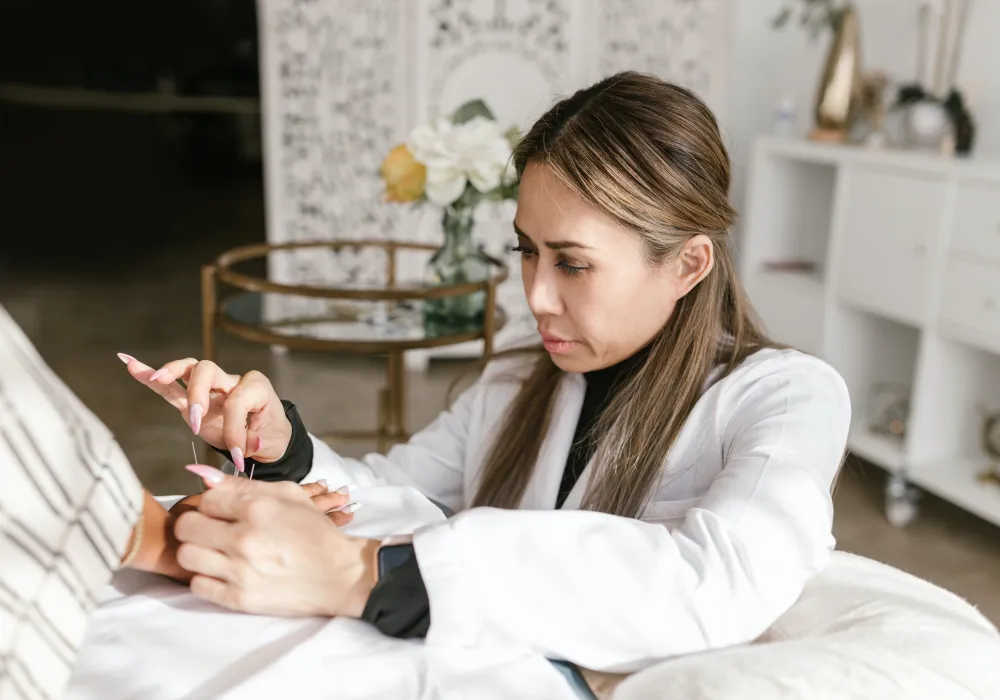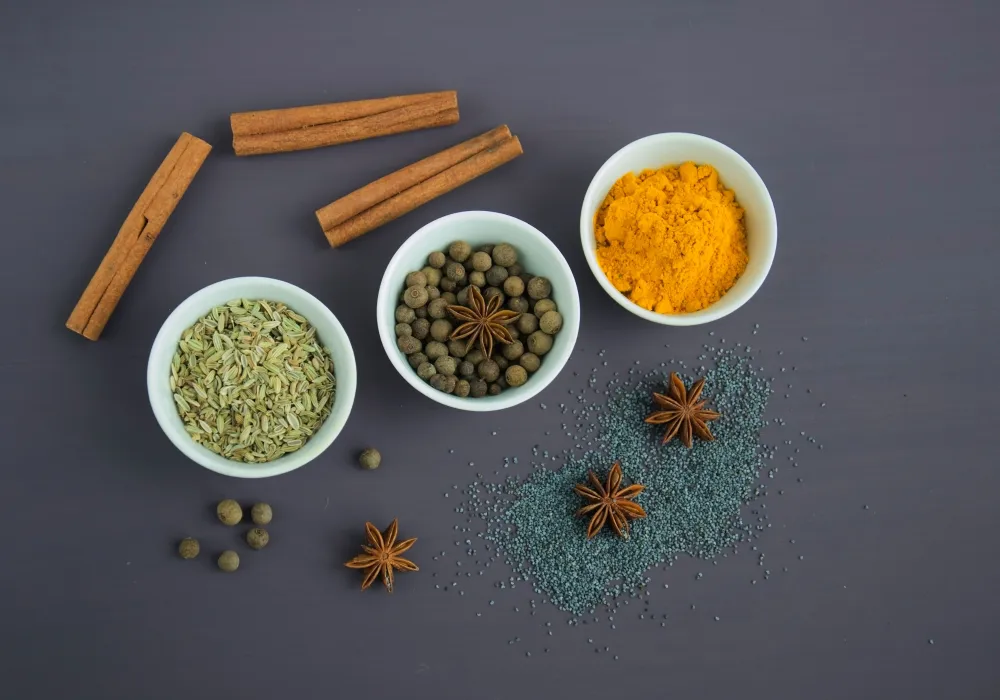How Eastern and Western Medicine can Work Together for Healthy Aging

Eastern Medicine has a long history throughout Asia dating back at least two thousand years. The basis for Eastern medicine is disease prevention. Symptoms are viewed in this context and looked at through the lens of the whole mind-body system. The goal is to bring the system back to homeostasis or balance to prevent disease, not necessarily curing acute problems as is the practice in the West. Western medicine forms the basis of many of the Worlds health systems and dates to the ancient Greeks. It is primarily focused on examining and treating the physical body and symptoms and does not focus intensely on prevention. A scientific evidence-based diagnostic system is employed using clinically tested treatments for symptoms of the disease. Below are some more details on the approaches and how they may be complementary in treating symptoms and maintaining optimal health of the mind body and spirit.
China

The Chinese system of health is based on a system of meridians or energy lines that run through the body. The belief is that we have an electrical current that is our very life force much like the physical heartbeat or current that supports it. Diagnosis of issues is based on identifying blockages of this energy current or qi (chee) which runs through the body. There are twelve main meridian channels and 72,000 nadis or meridian points. Diagnosis is based on an analysis of the tongue as well as the pulse to determine where the blockages or issues lie. Once the diagnosis has been made an herbal remedy will be prescribed based on your unique blockages. There are also some practices such as Qi Gong, acupressure, and yin yoga that can be added to balance energy and restore homeostasis. Imbalances in the qi will result in physical symptoms and possibly emotional or mental health issues. If left untreated for too long these issues can worsen causing chronic diseases.
India

In India, the medicinal practices are based on another ancient system known as Ayurveda. Ayurveda is based on the idea that our constitutions are aligned with the elemental energies of the Earth, fire, (pitta) water (kapha) and air, (vatta). When our system becomes unbalanced with excess from any one of these elements, they look to rebalance by adding components from the other elemental areas. The foods we eat are also fire, water, or air and can be used to rebalance energy by simply eating more of what’s lacking and less of what is excessive. They also believe in using herbal medicine like the Chinese, as well as ancient practices such as yoga and meditation.
East Meets West

Principles and techniques from Eastern and Western medicine are being blended together to produce better outcomes for patients. Treating the whole person has become more mainstream with Western doctors asking more questions regarding mental health and looking at how that can impact physical health. Another example is chronic pain. If you visit your Western doctor with back pain, typically they will prescribe pain medication and physical therapy or acupuncture to treat the acute pain. For a long-term fix, they may analyze your condition and determine that you are too sedentary and that you need to add movement and muscle building to support the health of your spine. Yoga is often recommended for pain as it is low impact and works to optimize your entire system over time. It impacts your mobility, musculoskeletal system as well as your endocrine system and hormones. They may also recommend a round of acupuncture or yin yoga to work on a particular ailment associated with the meridian system. The NIH has even studied acupuncture and found it to be beneficial in rebalancing the system for overall health improvements. Using the Western and Eastern approaches together can be the best way to help the patient overcome an acute condition before it becomes a chronic one bringing the patient back to a healthful state. Australia is probably an example of a Western country that has most effectively been able to blend the best from Eastern and Western medicine.
Benefits to Seniors

Many seniors have fallen into using Western-focused medicine focusing on systems, not overall health contributing to faster decline and loss of health with age. The Western populations could benefit from incorporating Eastern principles to manage the aging process while still using Western remedies for acute problems. Eastern thinking on aging is very different than Western. In the West, we have a culture of youth and start to label people as old when they are still relatively young. We assume that everybody will become decrepit and sick with age. We also encourage seniors to slow down, rest, and withdraw from the activities they have come to love. In the East, many are still working in the fields, doing yoga, remaining very active, and taking care of themselves into old age. They seem to assume health instead of assuming disease will befall them. They also know that ignoring social and emotional well-being is detrimental to the aging process. Seniors that are lonely suffer from more ailments and die earlier than those that have a strong social network. This fact shows how health is impacted by the psyche and our very emotions.
How to Blend the Best of East and West
Talk with your doctor or healthcare professional to get their take on how you might benefit from alternative therapies and medicine. Be sure to find a reputable practitioner who includes a focus on Integrative medicine to complement what you are doing now. Be sure to check out their credentials and look at patient reviews to ensure you find a reputable practitioner with stellar reviews. Some will give you a free consult to introduce you to their approach and get an understanding of your medical concerns. As always consult with your doctor or trusted healthcare provider before undertaking any program or medical treatment.